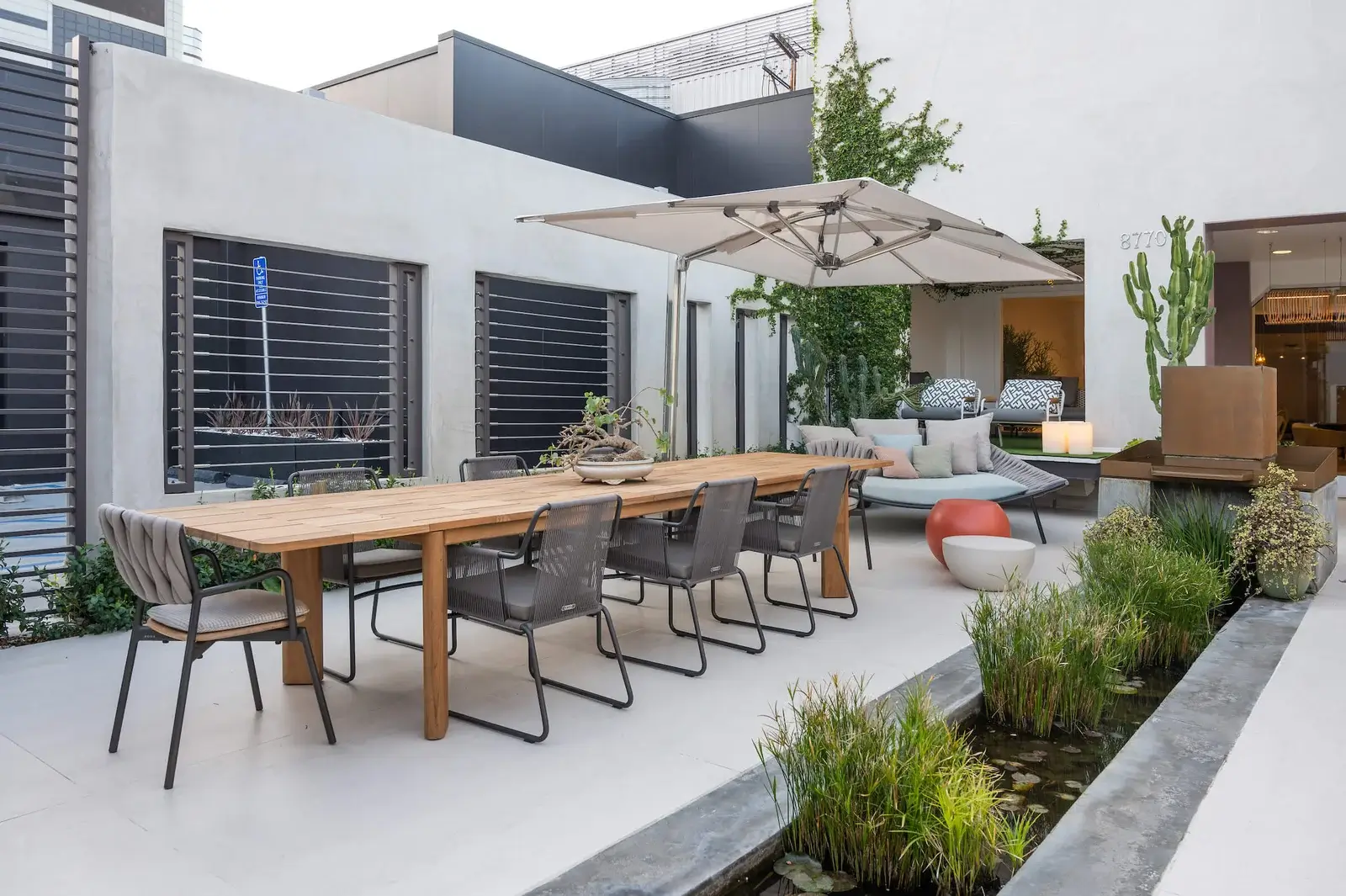Illuminate Your Path: The Ultimate Guide to Pathway Lighting
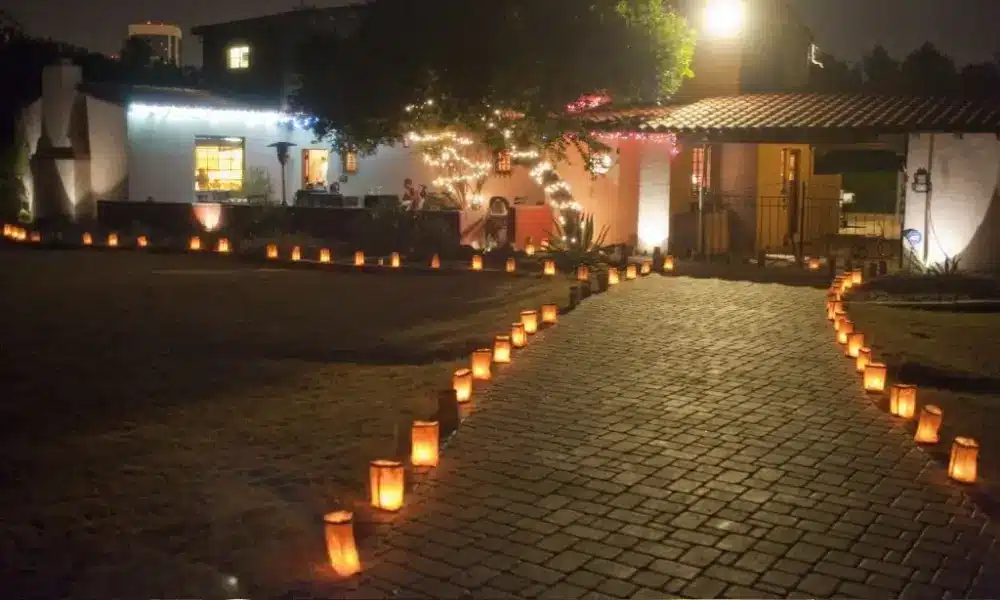
Pathway lighting enhances the safety and functionality of your outdoor space and adds a touch of elegance and charm. Whether you have a winding garden path, a front walkway, or a backyard trail, the right pathway lighting can transform it into a visually appealing and inviting passage. This comprehensive guide will explore everything you need to know about pathway lighting, from the benefits and design considerations to installation tips and maintenance. Discover how to create a well-lit pathway that combines functionality and aesthetics seamlessly.
The Importance of Pathway Lighting
Pathway lighting serves a vital purpose in your outdoor landscape. Here’s why it matters:
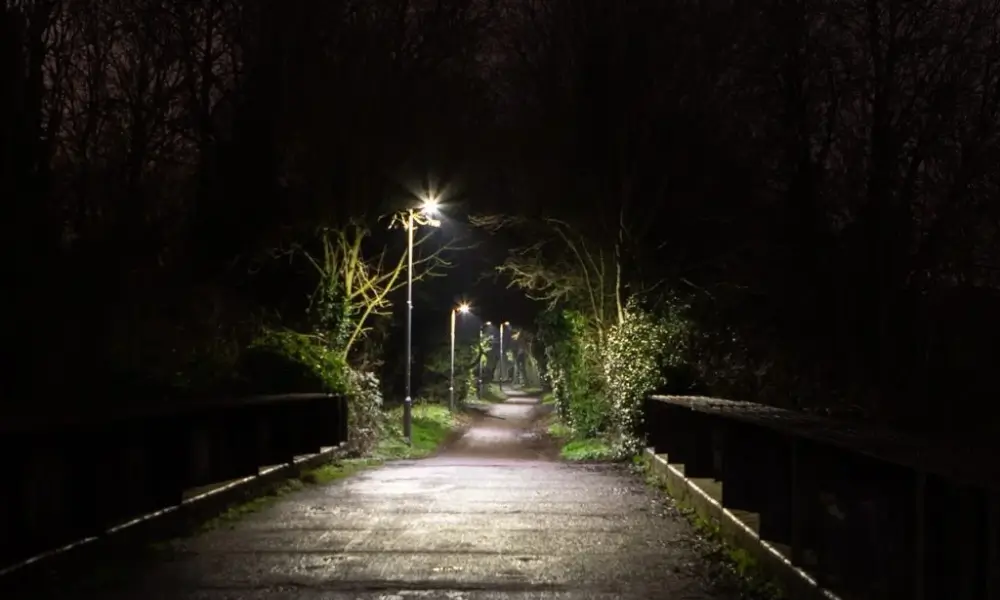
Enhancing Safety and Navigation
Pathway lighting ensures safe navigation during nighttime, preventing accidents or tripping hazards. Well-lit pathways guide visitors and create a sense of security.
H2: Adding Visual Appeal and Ambiance
Pathway lights serve a functional purpose and add a touch of beauty and ambiance to your outdoor space. They create a warm and welcoming atmosphere, enhancing the overall aesthetics of your landscape.
H2: Extending Usability of Outdoor Space
By illuminating pathways, you can extend the usability of your outdoor space well into the evening. Whether it’s for a leisurely stroll or hosting outdoor gatherings, well-lit pathways provide convenience and enjoyment.
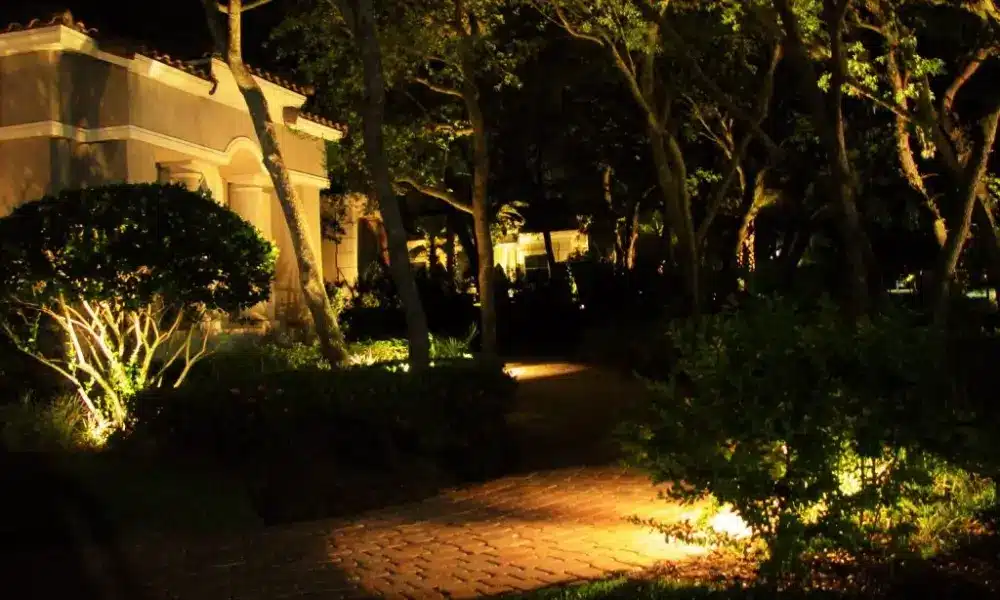
H1: Design Considerations for Pathway Lighting
When designing your pathway lighting, several factors need to be considered to achieve optimal results:
H2: Pathway Layout and Material
Assess the layout and material of your pathway. Determine the length, shape, and any curves or turns that may affect the placement of lighting fixtures.
H2: Lighting Technique and Fixture Selection
Choose the appropriate lighting technique based on your desired effect. Options include downlighting, uplighting, bollard lights, and solar-powered path lights. Select fixtures that complement your landscape design and provide the desired illumination level.
H2: Light Placement and Spacing
Consider the placement and spacing of lights along the pathway. Optimal spacing ensures even illumination while highlighting the path’s key features. Balance between providing enough light for visibility and creating a visually pleasing effect.
H2: Light Color and Temperature
Select the right light color and temperature to create the desired ambiance. Warm white lights (2700K-3000K) create a cozy and inviting atmosphere, while cool white lights (4000K-5000K) offer a brighter and more modern feel.
H1: Installation and Maintenance Tips
Proper installation and regular maintenance are crucial for the longevity and effectiveness of your pathway lighting system. Here are some essential tips:
H2: Preparing the Pathway
Clean the pathway and ensure it is free from any debris or obstacles. Trim nearby vegetation that may obstruct the lighting or pose a safety hazard.
H2: Choosing the Right Power Source
Decide whether to use low-voltage or solar-powered pathway lights. Low-voltage systems require a transformer and electrical connections, while solar-powered lights harness solar energy for operation.
H2: Wiring and Connections
If using low-voltage lighting, plan the wiring route carefully and bury the cables to prevent tripping hazards. Ensure proper connections and consult a licensed electrician if necessary.
H2: Maintenance and Cleaning
Regularly inspect the lights for any damage or malfunctioning bulbs. Clean the fixtures, remove any debris or dirt, and replace faulty components promptly.
H2: Seasonal Adjustments
Make seasonal adjustments to your pathway lighting. As vegetation grows or changes throughout the year, reposition lights and trim any overgrown plants that may obstruct the light distribution.
H2: Energy Efficiency and Sustainability
Consider energy-efficient options for your pathway lighting. LED lights consume less energy, have a longer lifespan, and are more environmentally friendly than traditional incandescent bulbs.
Pathway lighting enhances the safety and functionality of your outdoor space and adds a touch of elegance and charm. You can create a well-lit pathway that combines functionality and aesthetics seamlessly by carefully considering design elements, selecting the right fixtures, and ensuring proper installation and maintenance. Illuminate your path and transform your outdoor landscape into a visually appealing and inviting passage.
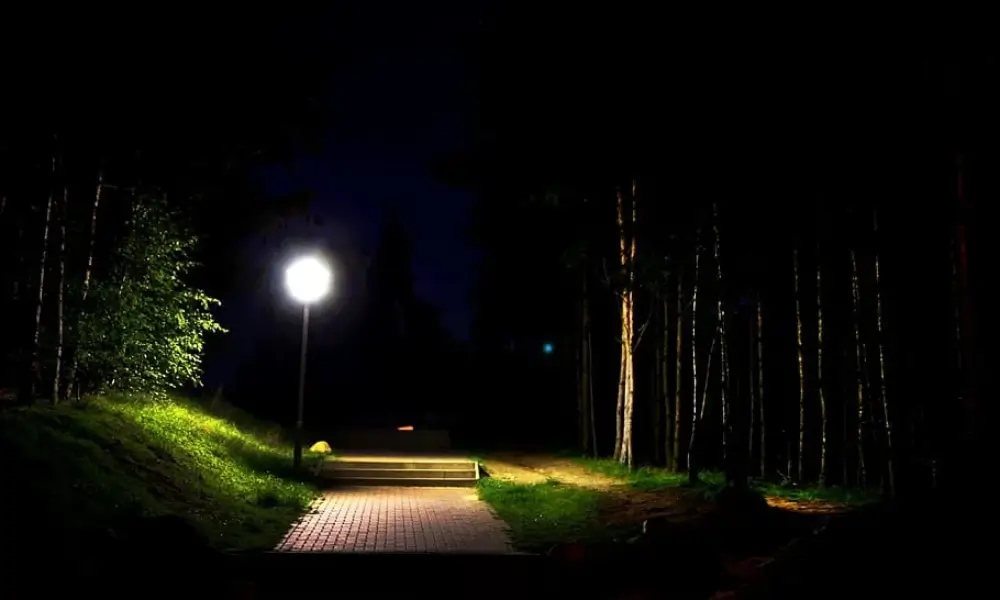
FAQs (Frequently Asked Questions):
Q: How many pathway lights do I need?
The number of pathway lights depends on the length, width, and desired spacing along the pathway. As a general guideline, aim for spacing between 6-10 feet apart.
Q: Can I install pathway lighting myself?
Yes, pathway lighting installation can be a DIY project for those with electrical knowledge. However, it’s recommended to consult a professional if you are unsure or for more complex installations.
Q: Are solar-powered pathway lights reliable?
Solar-powered pathway lights are a popular and reliable option. They harness solar energy during the day and automatically illuminate your path at night without wiring.
Q: How long do pathway light bulbs last?
LED pathway light bulbs can last up to 50,000 hours, depending on the quality and usage. They have a significantly longer lifespan compared to traditional incandescent bulbs.
Q: Can I automate my pathway lighting?
You can use timers, motion sensors, or smart home systems to automate your pathway lighting. These features allow you to control the lighting schedule and conserve energy.
Illuminate your pathway and create a captivating outdoor experience with the finest pathway lighting options. Visit Niche Beverly in Los Angeles for all your pathway lighting needs. Explore our range of high-quality fixtures, consult our experts, and transform your pathway into a stunning focal point of your outdoor landscape. Don’t miss the opportunity to enhance your outdoor space’s beauty, safety, and functionality. Visit Niche today!



